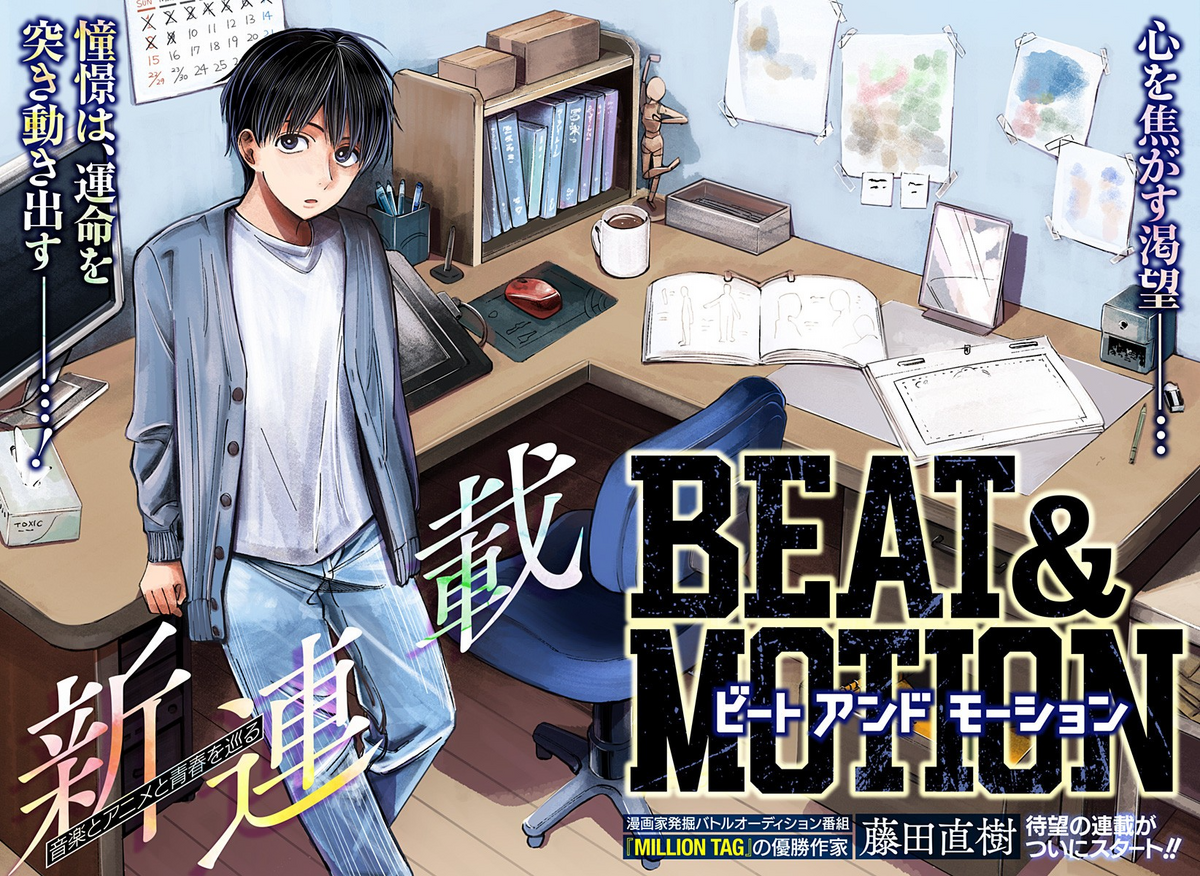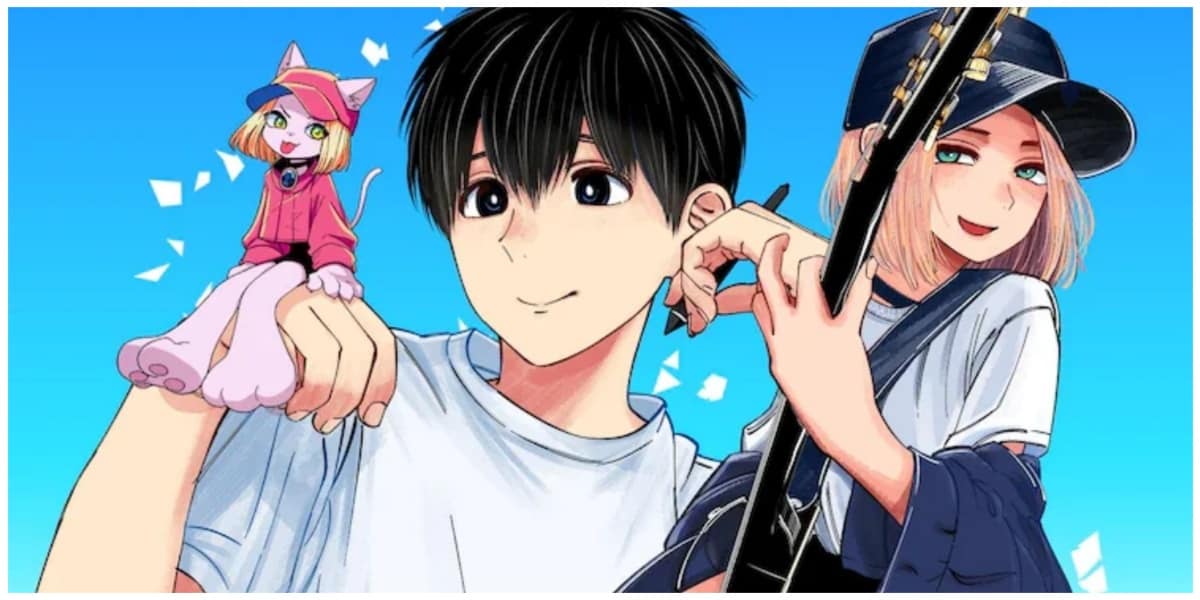As “Beat and Motion Chapter 1” takes center stage, this opening passage beckons readers with gaya bahasa author hipwee.com into a world crafted with good knowledge, ensuring a reading experience that is both absorbing and distinctly original.
In this comprehensive guide, we’ll explore the intricate relationship between rhythm and motion, unraveling the basic elements that create the tapestry of music and dance. From the pulsating beat to the graceful flow of movement, we’ll delve into how these elements combine to express a myriad of emotions and ideas.
Introduction to Rhythm and Motion

Rhythm and motion are two fundamental elements of music and dance. Rhythm refers to the organized pattern of sounds and silences in time, while motion refers to the physical movement of the body. The two are closely related, as rhythm can be used to create or accompany movement, and movement can be used to express or interpret rhythm.
In many cultures, rhythm and motion are used together to create a sense of unity and community. For example, in traditional African dance, the dancers often move in unison to the beat of the drums. This creates a sense of togetherness and helps to build a sense of community.
Relationship between Rhythm and Motion
Rhythm and motion are closely related, as rhythm can be used to create or accompany movement, and movement can be used to express or interpret rhythm. For example, a dancer might use their body to create a rhythmic pattern by moving their arms and legs in time to the music. Alternatively, a musician might use their instrument to create a rhythmic pattern that the dancer can then interpret with their movements.
The Elements of Rhythm

Rhythm is the backbone of music, giving it movement and life. It’s like the heartbeat that drives the melody and harmony, creating a sense of order and predictability. But within this structure, there’s a world of variation and complexity, all thanks to the interplay of three fundamental elements: beat, tempo, and meter.
Beat
The beat is the basic unit of rhythm, the steady pulse that underlies the music. It’s like the ticking of a clock, marking the regular intervals of time. Beats can be strong or weak, creating a sense of emphasis and flow.
Tempo
Tempo refers to the speed at which the beat occurs. It’s measured in beats per minute (BPM), and can range from a slow, dreamy pace to a frenetic, high-energy rhythm. Tempo creates a sense of urgency or relaxation, influencing the overall mood and feel of the music.
Meter, Beat and motion chapter 1
Meter is the pattern of strong and weak beats. It’s like a blueprint that organizes the beats into groups, creating a sense of predictability and structure. Meter is typically expressed in time signatures, such as 4/4 or 3/4, which indicate the number of beats per measure and the type of beat that receives the strongest emphasis.
The Elements of Motion

Motion is the movement of an object or body from one place to another. It can be caused by a variety of forces, including gravity, magnetism, and human effort. The basic elements of motion are body parts, space, and time.
Beat and motion chapter 1 is a banger! The way the author captures the essence of movement and rhythm is simply breathtaking. If you’re looking for a chapter that will get your heart pumping, then you need to check out spy x family chapter 87 . It’s got all the action and excitement you could ever want, and it’s sure to leave you on the edge of your seat.
But don’t just take our word for it, go check it out for yourself! After that, come back and let’s dive deeper into beat and motion chapter 1.
Body parts are the parts of the body that move. These include the arms, legs, head, and torso. Space is the area in which the body moves. Time is the duration of the movement.
The fundamentals of beat and motion chapter 1 are crucial for understanding the dynamics of music. Like the thrilling developments in one piece chapter 1098 reddit , beat and motion provide a framework for interpreting the ebb and flow of musical compositions, guiding us through the rhythmic journey.
These elements work together to create motion. The body parts move through space over time. The speed and direction of the movement are determined by the force that is causing the movement.
Beat and motion chapter 1 is all about the basics of music theory, including rhythm, tempo, and meter. If you’re looking for a great way to learn more about music theory, I highly recommend checking out weak hero chapter 247 . It’s a great resource for anyone who wants to learn more about music theory, and it’s written in a clear and concise way that makes it easy to understand.
Once you’ve mastered the basics of music theory, you’ll be able to appreciate music on a whole new level. So what are you waiting for? Check out beat and motion chapter 1 today!
Types of Motion
There are many different types of motion. Some of the most common types include:
- Linear motion: This is the movement of an object in a straight line.
- Rotational motion: This is the movement of an object around a fixed point.
- Curvilinear motion: This is the movement of an object along a curved path.
- Periodic motion: This is the movement of an object that repeats itself over time.
Combining Rhythm and Motion

Rhythm and motion are two fundamental elements of dance. When combined, they create a dynamic and expressive art form that can convey a wide range of emotions and ideas.
Rhythm is the pattern of beats in a piece of music. It can be simple or complex, fast or slow, and it can create a sense of movement and energy. Motion is the physical movement of the body. It can be used to express emotions, tell stories, or simply create a sense of beauty.
How Rhythm and Motion Are Combined
Rhythm and motion are combined in dance in a variety of ways. One common way is through the use of steps. Steps are the basic building blocks of dance, and they can be used to create a variety of rhythms and motions. For example, a simple step can be repeated over and over to create a steady beat, or it can be varied in speed and intensity to create a more complex rhythm.
Another way that rhythm and motion are combined in dance is through the use of gestures. Gestures are movements of the body that can be used to express emotions, tell stories, or simply create a sense of beauty. For example, a dancer might use a gesture to represent a particular emotion, such as joy or sadness, or they might use a gesture to tell a story, such as a story about a journey or a battle.
The combination of rhythm and motion in dance can create a powerful and expressive art form. Dance can be used to convey a wide range of emotions and ideas, and it can be a beautiful and moving experience for both the dancers and the audience.
Different Ways to Use Rhythm and Motion
Rhythm and motion can be used in a variety of ways to express different emotions and ideas. For example, a fast and energetic rhythm can create a sense of excitement and joy, while a slow and steady rhythm can create a sense of peace and tranquility. Similarly, large and sweeping motions can create a sense of grandeur and power, while small and delicate motions can create a sense of intimacy and vulnerability.
The way that rhythm and motion are combined can also be used to create different effects. For example, a dancer might use a sudden change in rhythm to create a sense of surprise, or they might use a gradual change in motion to create a sense of suspense.
The possibilities for combining rhythm and motion are endless, and dancers can use these elements to create a wide range of expressive and meaningful works of art.
Examples of Rhythm and Motion in Dance
Rhythm and motion are used in a variety of dance styles, from ballet to hip-hop. In ballet, for example, dancers use precise and controlled movements to create a sense of elegance and grace. In hip-hop, on the other hand, dancers use loose and fluid movements to create a sense of energy and power.
No matter what the style of dance, rhythm and motion are essential elements that can be used to create a wide range of expressive and meaningful works of art.
Closing Notes: Beat And Motion Chapter 1

Throughout this chapter, we’ve embarked on a journey into the captivating world of beat and motion. We’ve discovered the fundamental elements that shape rhythm and movement, witnessed how they intertwine to create the magic of dance, and explored the diverse ways they can convey emotions and ideas.
As we conclude this chapter, let’s remember that beat and motion are not mere technicalities but a vibrant language that speaks to our souls. They have the power to transport us, inspire us, and connect us with the rhythm of life itself.